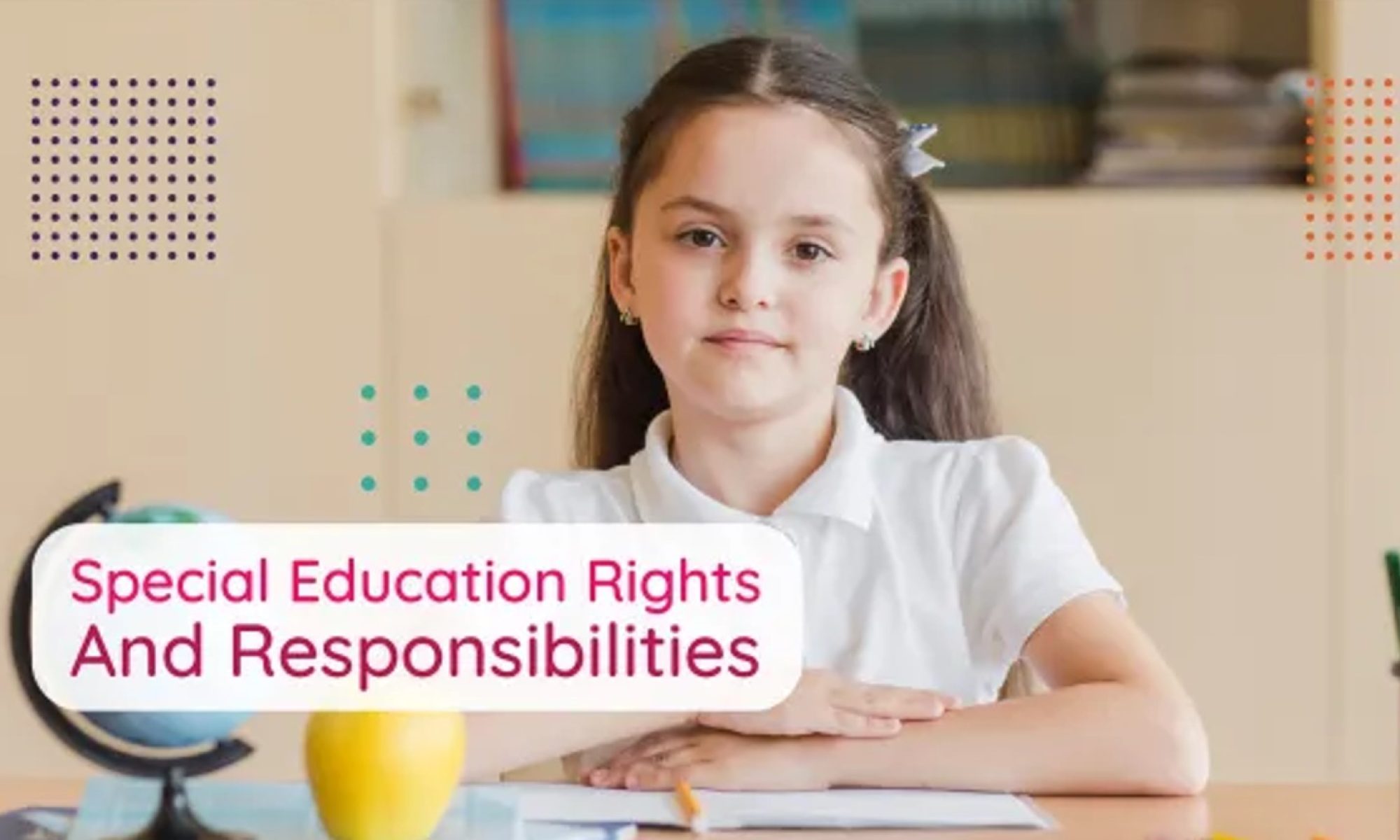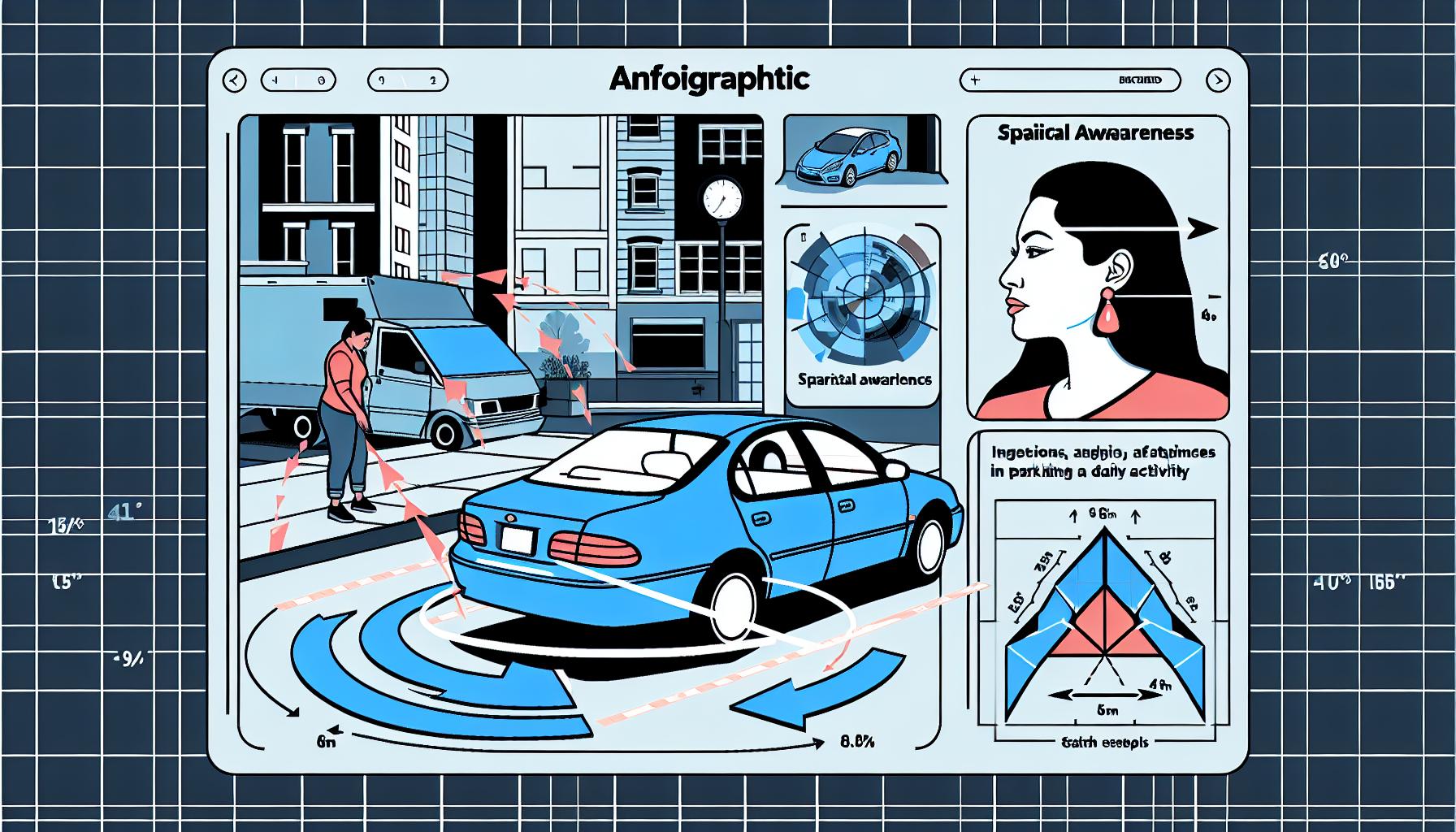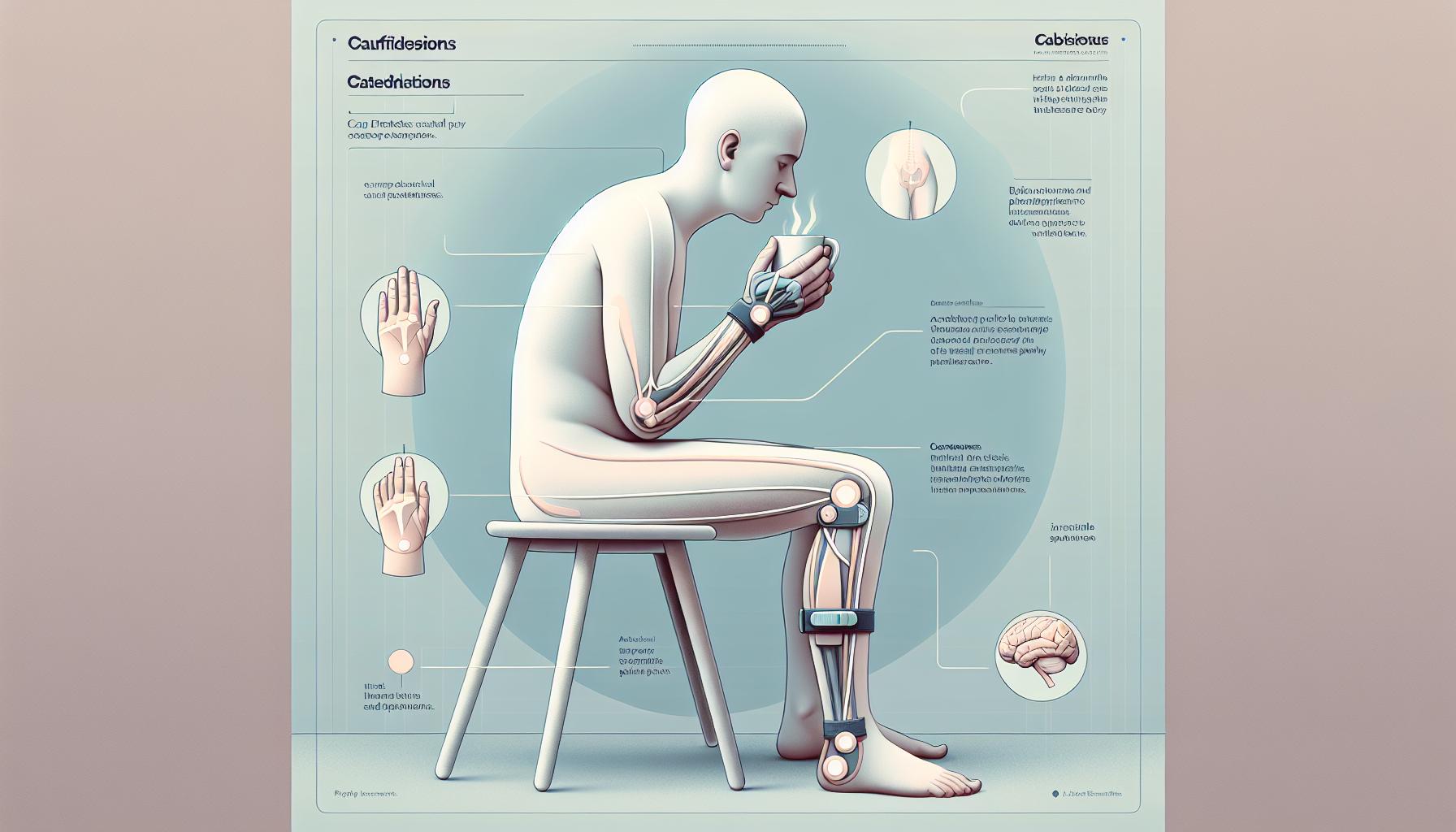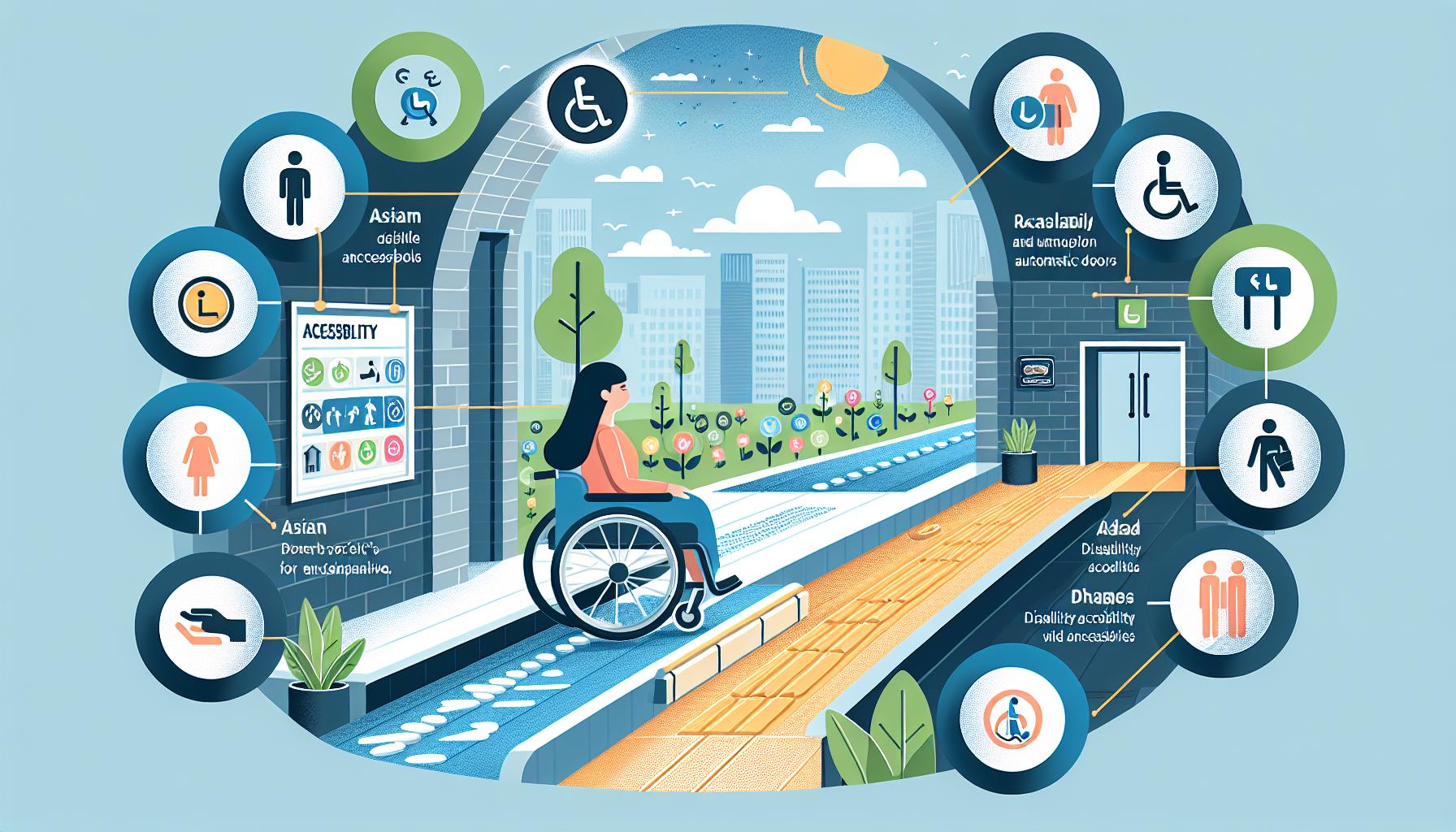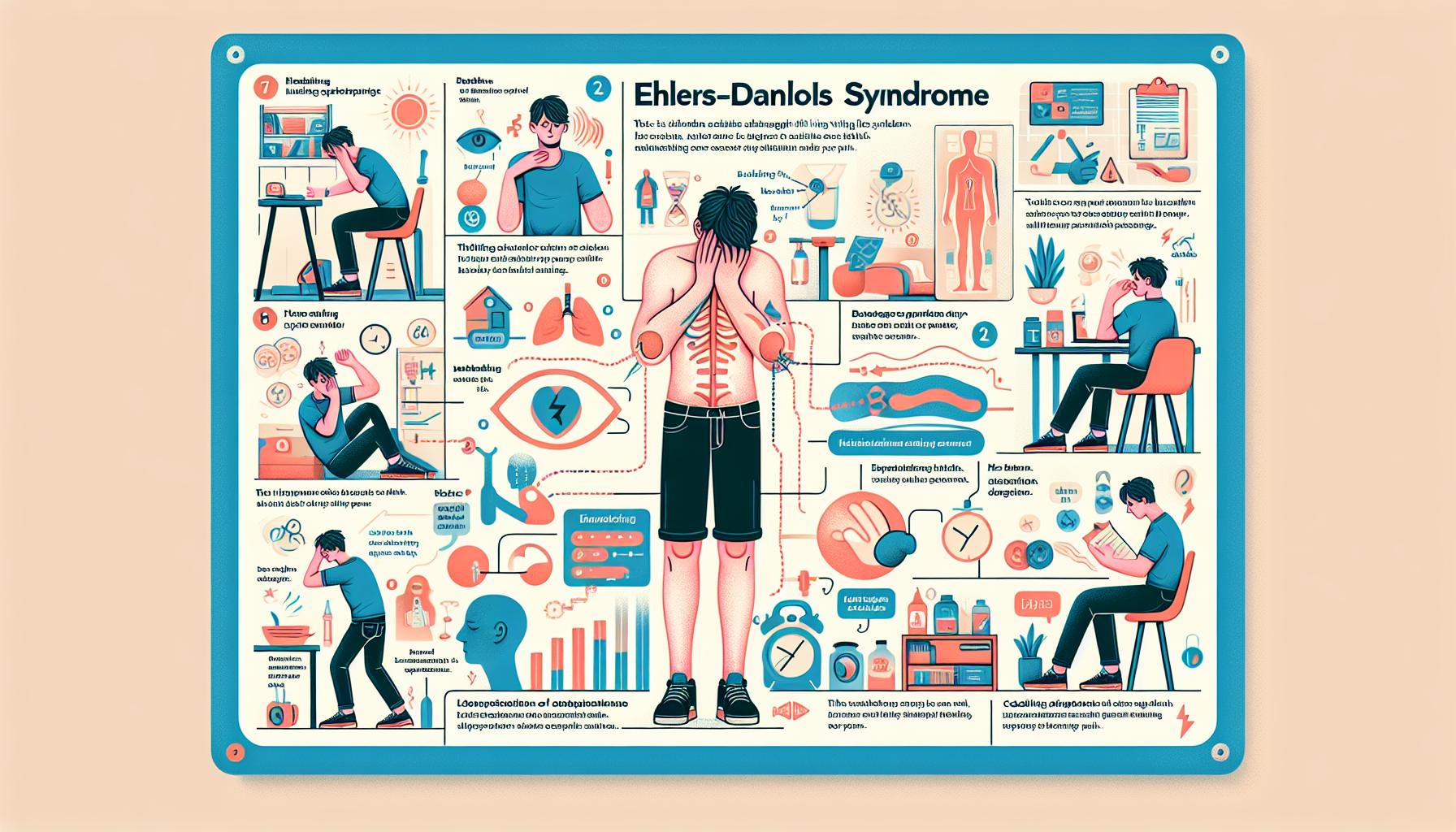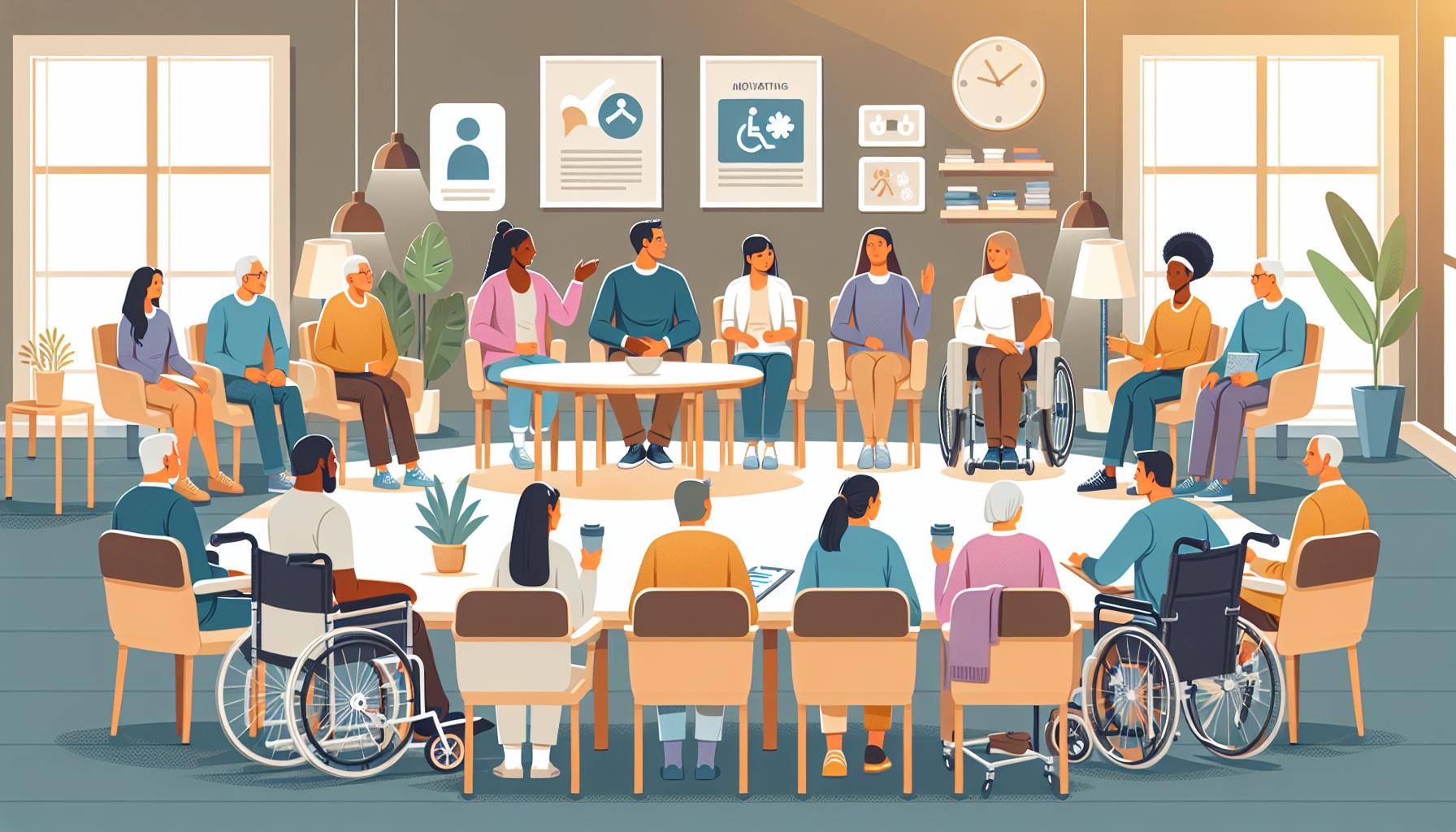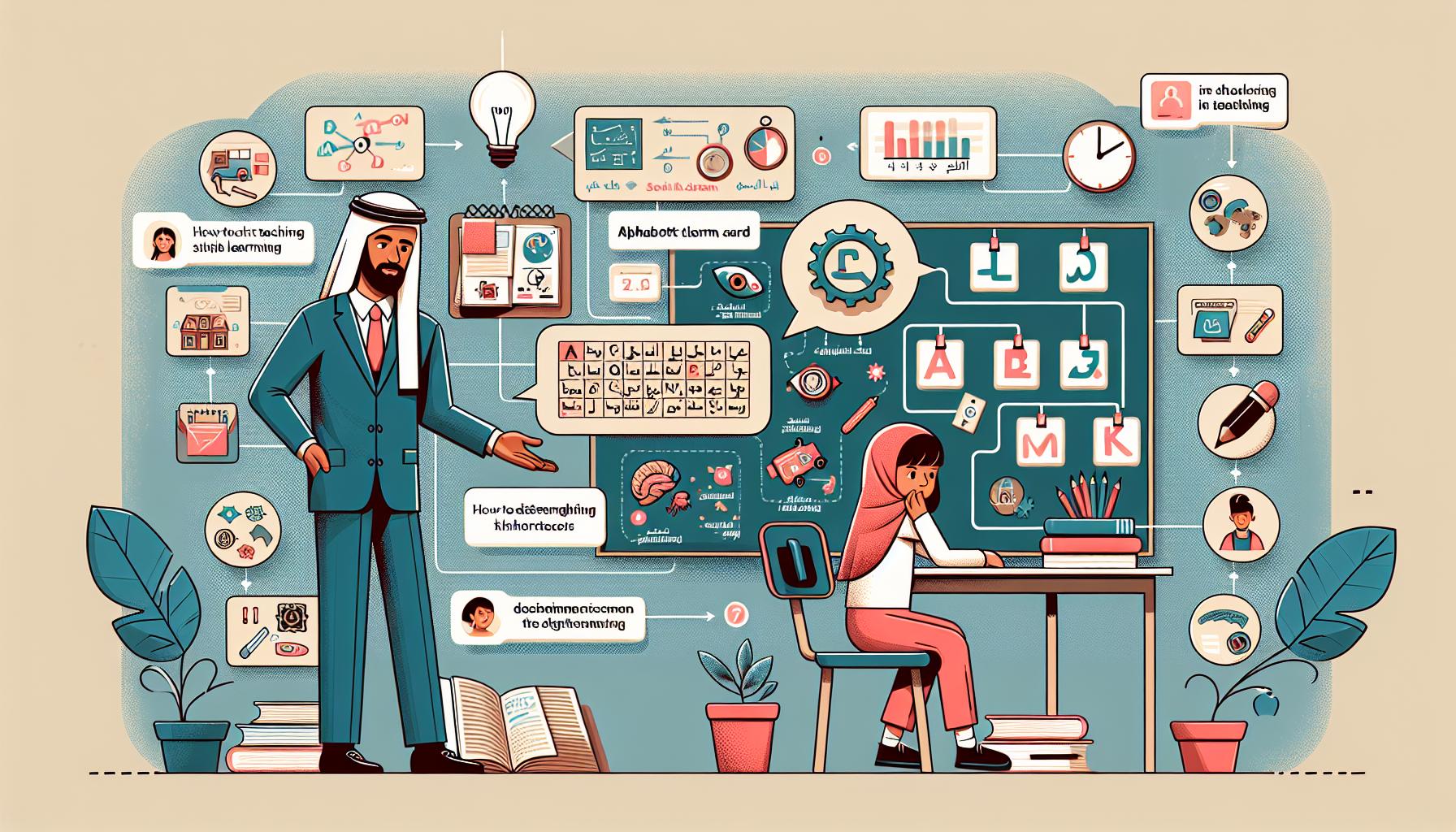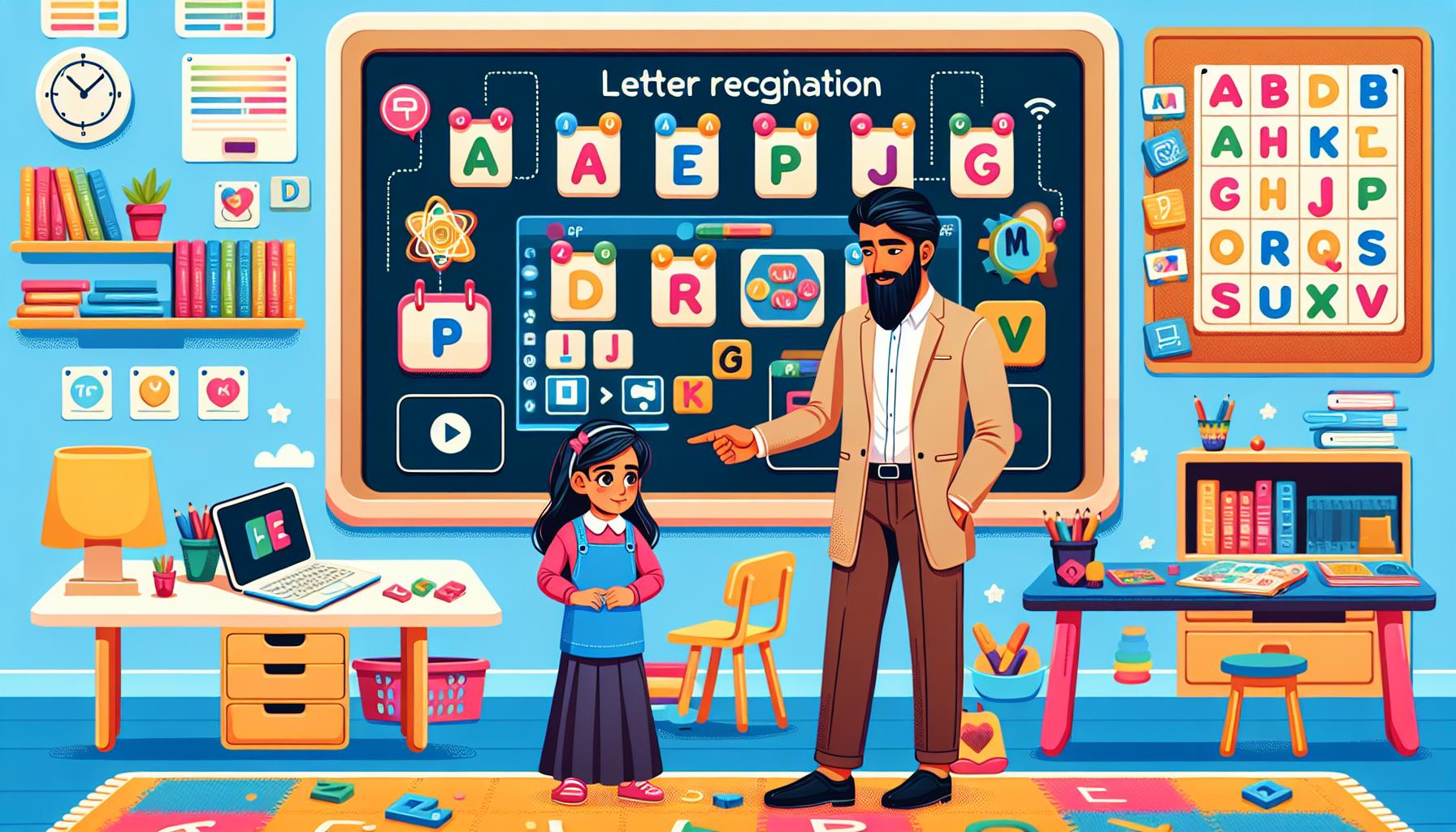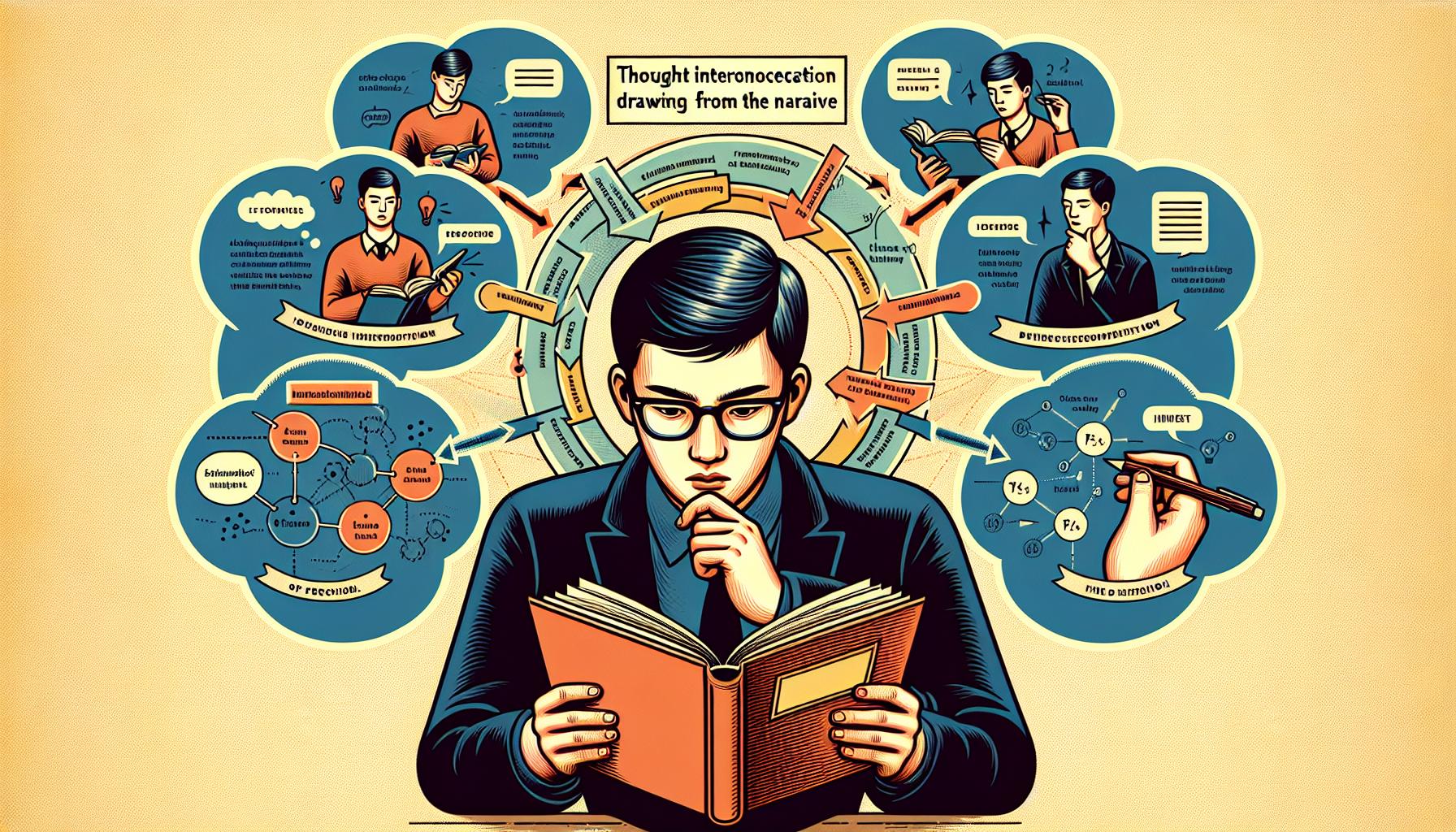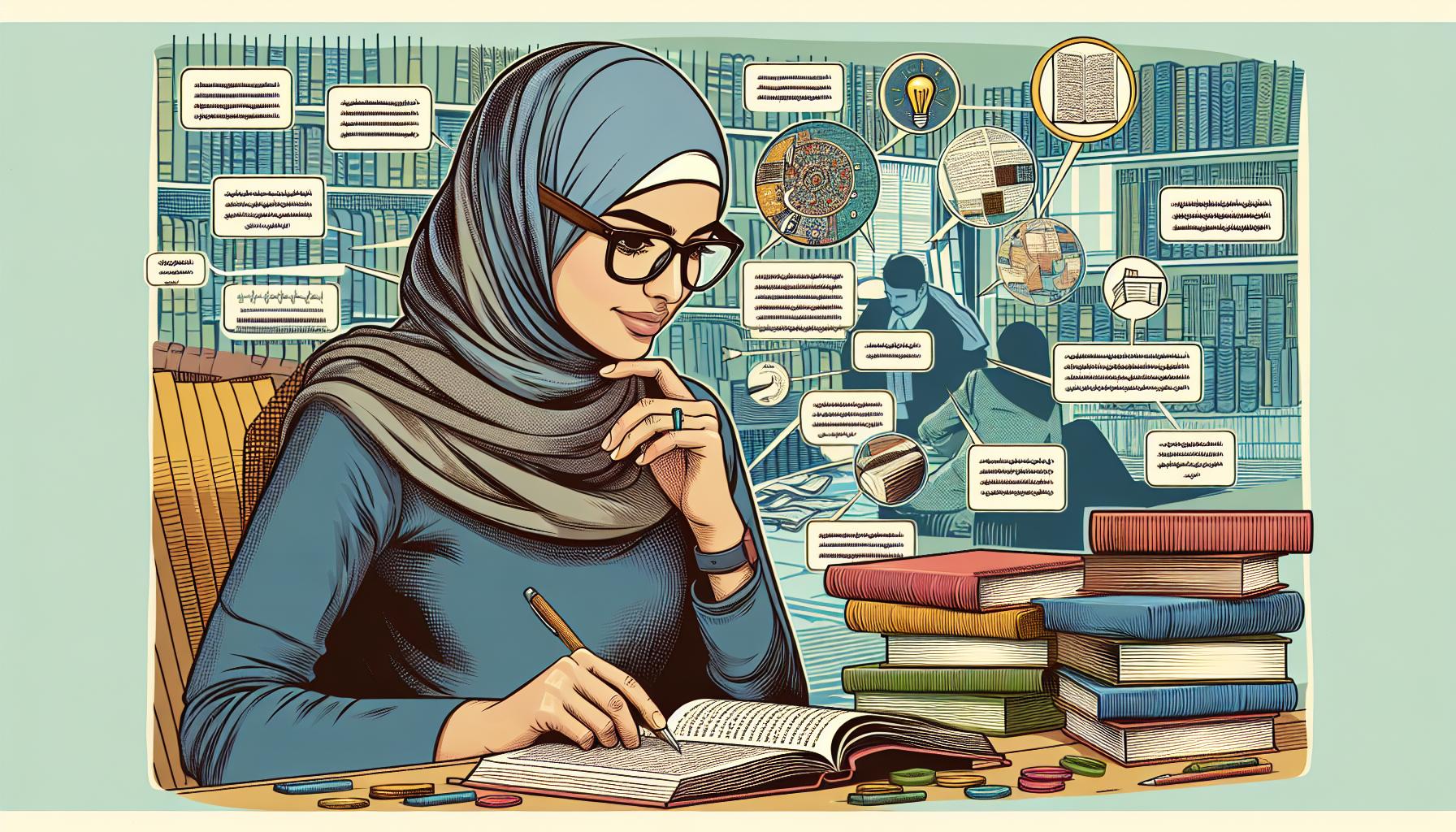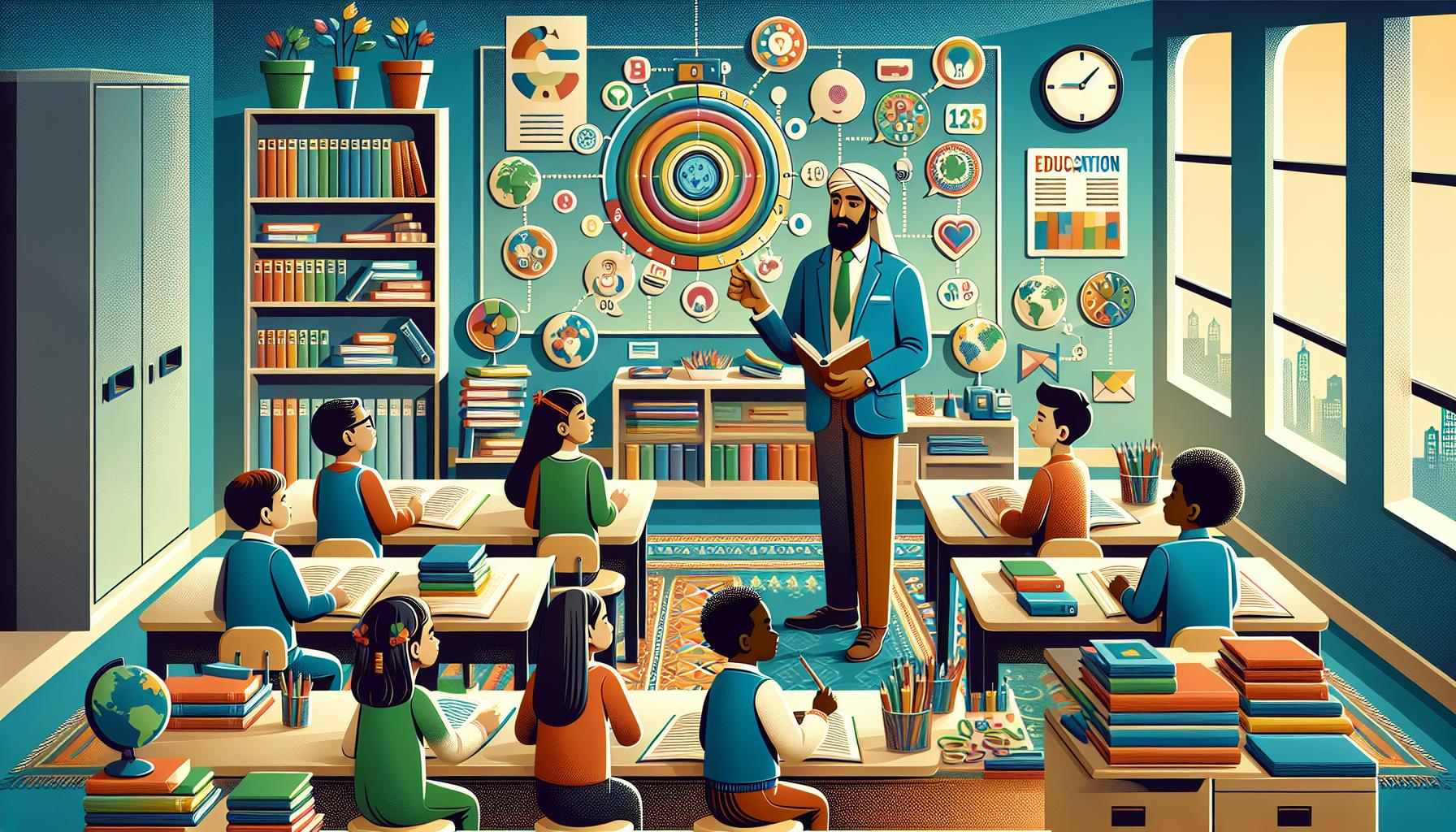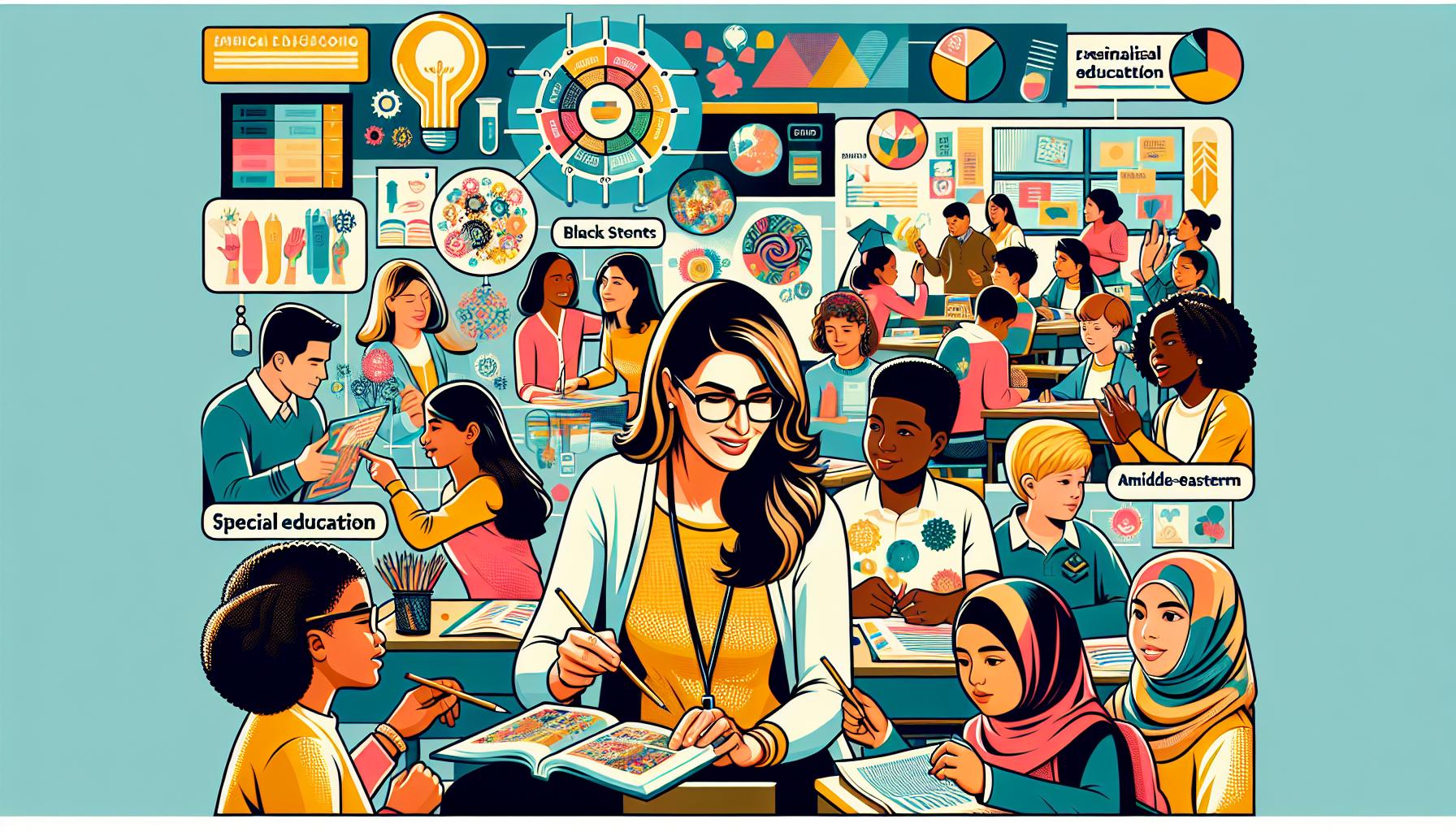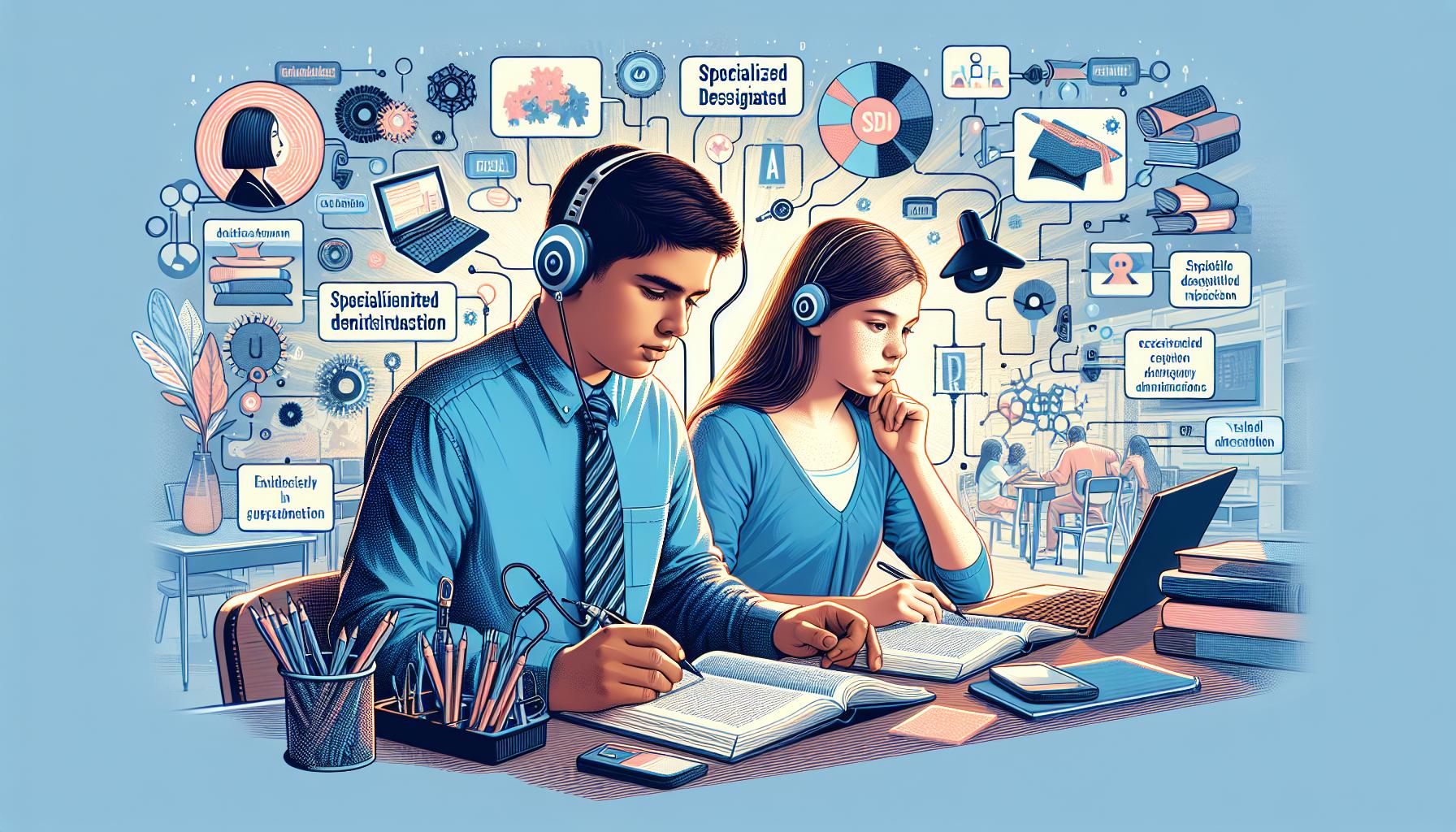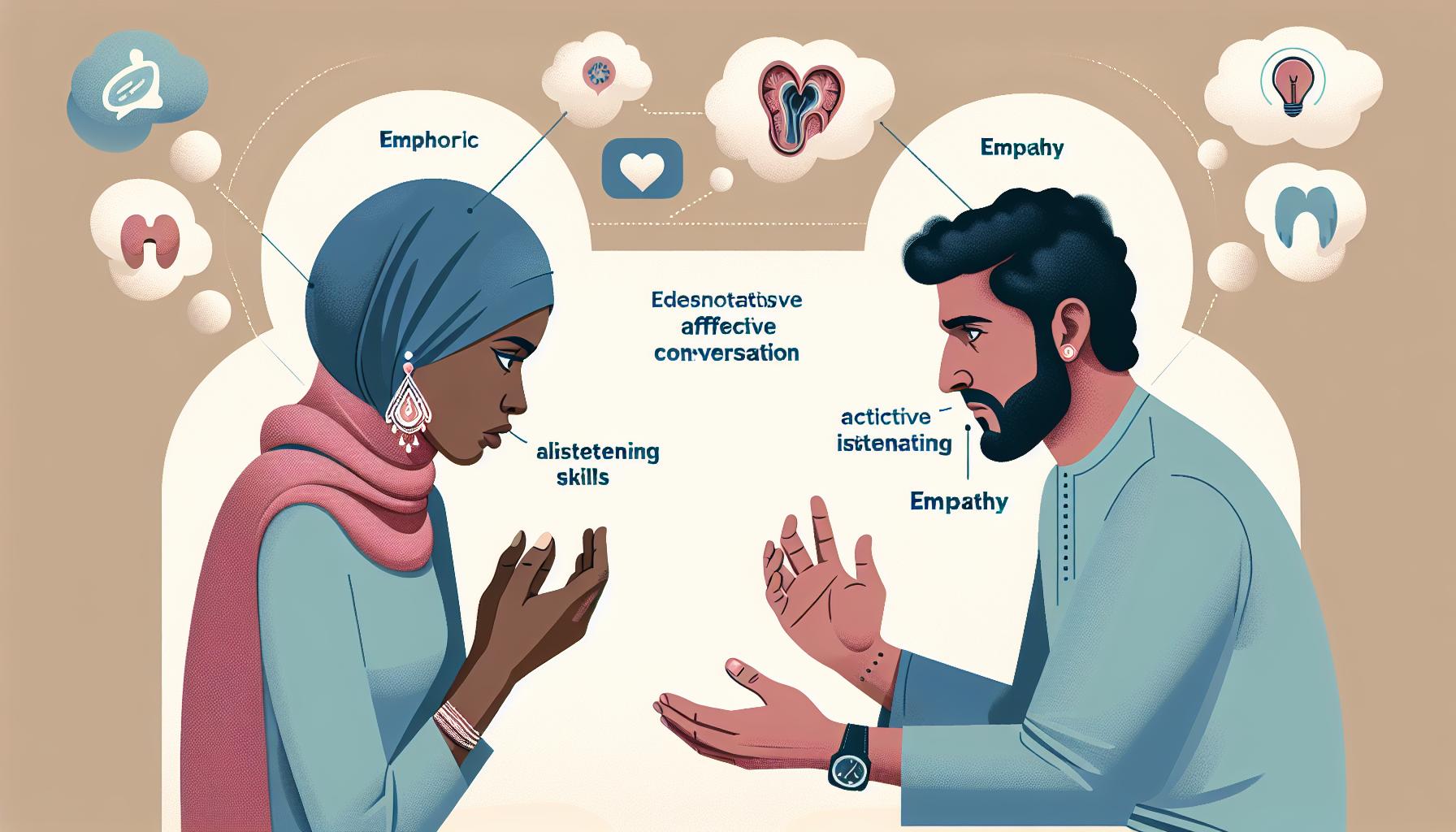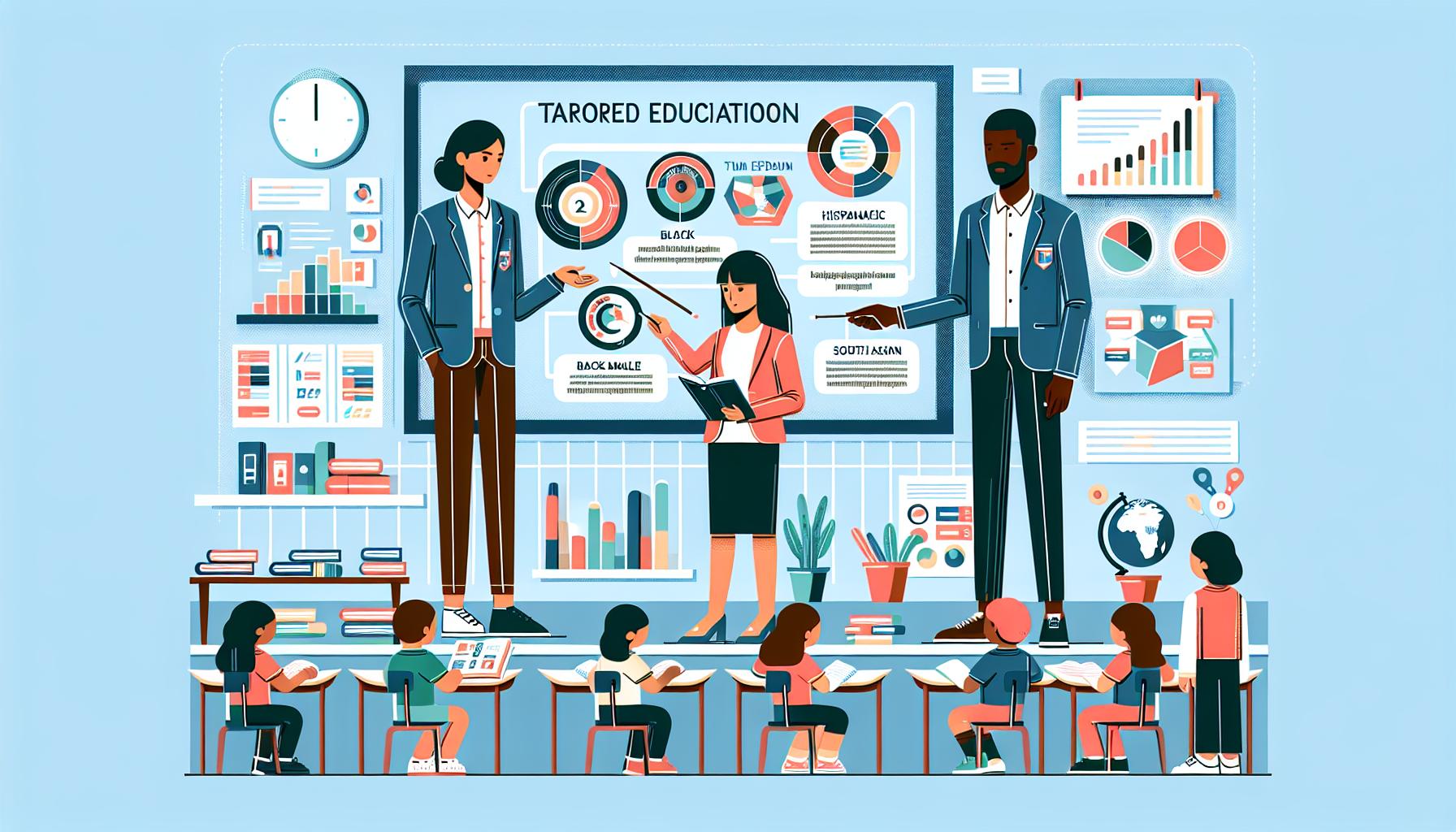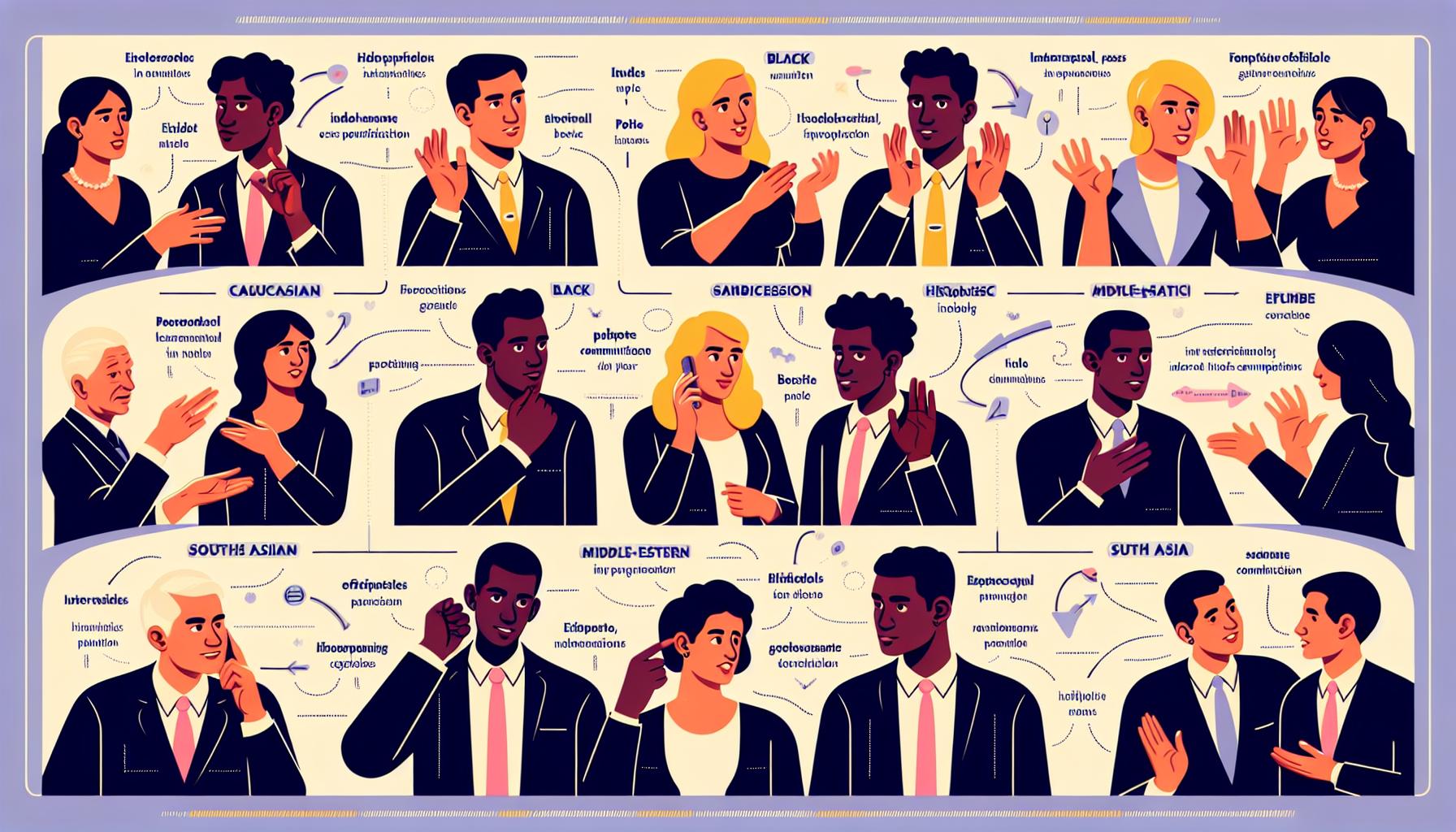Ever wondered what an IEE is? Well, you’re not alone. An Individualized Education Evaluation (IEE) can sound like complex jargon but it’s actually a powerful tool for parents and educators.
An IEE is a thorough assessment of a child’s unique learning needs. It’s often used when a child’s current educational plan isn’t cutting it. The goal? To identify specific areas where a child may be struggling and propose effective strategies to help them thrive.
So, whether you’re a parent, a teacher, or simply someone interested in education, understanding what an IEE is can be incredibly beneficial. Let’s dive in and uncover the ins and outs of an IEE.
What is an IEE?
When you’re juggling with the hurdles in your child’s learning journey, being aware of every option at hand becomes a necessity. This is when you need to familiarize yourself with an Individualized Education Evaluation (IEE). What’s an IEE you ask? Let’s delve deeper.
An IEE is a comprehensive and independent evaluation of a child’s unique learning needs. It comes into play when you suspect your child’s current educational plan isn’t generating results. It’s more than just a series of tests, and you must see it as an overall impact assessment tool that paints a holistic picture of a child’s learning process.
An IEE is conducted by professionals who are not involved directly in the child’s education. This makes it an unbiased tool for assessment. It unveils the areas of struggle your kid might be experiencing and fosters a detailed understanding of their learning style, strengths, and weaknesses.
Remember, an IEE isn’t just for pinpointing problems. It’s main goal is to propose effective strategies to enable a child to thrive in their learning environment. These strategies are customized, keeping the unique needs of each child in mind. You’ll find that an IEE often leads to changes in the learning strategies, environment, or even the curriculum designed for the child.
Importantly, an IEE can open doors to various educational rights and protections provided by the Individuals with Disabilities Education Act (IDEA). So, understanding what an IEE is and when to request one for your child can be a significant step toward improving their academic performance.
An IEE doesn’t necessarily mean that there is a learning disability. It simply acknowledges that every child learns at their own pace, and that the current strategies may not be working. Armed with this knowledge, you can collaborate with educators and work more effectively on your child’s success journey. The bottom line waits in the future but for now, let’s continue exploring the intricacies of the education world.
Why is an IEE important?
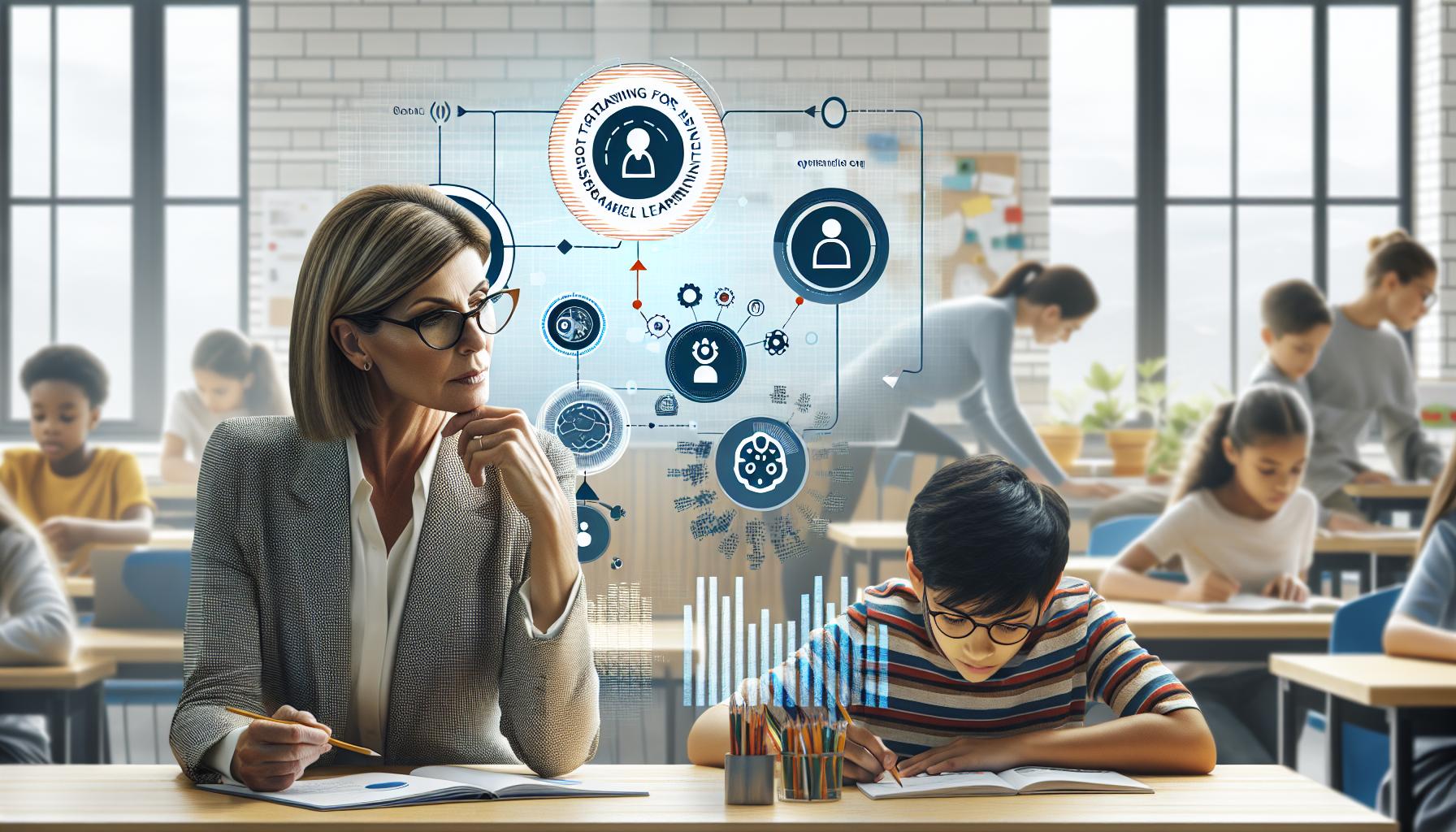
So, why is an IEE important? You’ve learned that an Individualized Education Evaluation (IEE) does not label a child as disabled or deficient. Rather, it’s a tool that acknowledges the individual learning curves and paces of each student.
An IEE provides an essential road map to your child’s unique learning landscape. When your child’s academic performance doesn’t match your expectations or they are visibly struggling to keep up, it isn’t an indication of failure. Instead, it’s a signal that the current educational plan may need re-evaluation. An IEE delves into this situation by identifying different aspects of your child’s learning capabilities which may have been overlooked in the existing teaching methods.
One of the key benefits of an IEE is its ability to open doors to the educational rights and protections provided by the Individuals with Disabilities Education Act (IDEA). Many parents are unaware of IDEA and its benefits; an IEE can change that. An IEE activates these rights and protections when necessary, ensuring that your child receives the accommodations they need to be successful in their learning environment.
Additionally, an IEE is a cornerstone in the creation of an Individualized Education Program (IEP) which is tailor-made to fit every individual’s unique needs. It grants you access to networks and resources that will provide a more conducive environment for your child to learn, grow and conquer their learning hurdles.
Keep in mind, an IEE is not just a tool for discovering potential learning disabilities. It can also identify your child’s strengths, helping to build confidence and a love of learning. Remember, children who learn differently are not less intelligent, they just require different strategies for success.
In summary, an IEE is a critical step in bridging gaps between children’s education needs and their academic performance. It’s the gateway to a more focused, effective, and individually catered learning experience for your child.
When is an IEE used?
An Individualized Education Evaluation, or IEE, isn’t your everyday assessment or tool used on a whim. It is usually implemented in specific instances which signal the need for a broader, in-depth analysis of a child’s learning needs. Remember, the primary function of an IEE is to point out areas where your child might be struggling, and suggest effective, tailor-made strategies to bolster their learning outcomes.
One of the key instances when an IEE is used arises when your child’s existing learning blueprint is not yielding the desired results. Perhaps your child is struggling with their grades, showing disinterest in class, or finding certain subjects difficult to grasp. Maybe you’ve noticed that teaching methods that work for others don’t do the trick for your child. If you find yourself noticing these signs, it might be time to consider an IEE.
An IEE can often serve as the key in unlocking your child’s unique learning landscape, offering insights that sometimes regular assessments might overlook. When standard approaches fail to deliver, an IEE can provide a fresh perspective, pinpointing the potential areas of improvement that cater specifically to your child’s unique learning pace and style.
One more significant aspect to be aware of—an IEE does not exclusively signal a learning disability or difficulty. There’s no need to jump to conclusions or get worried if your child needs an IEE. The evaluation is equally useful to identify areas where your child excels, allowing you to understand their strengths and build upon them.
Next, bear in mind that an IEE doesn’t replace typical educational evaluations but supplements them. It is generally brought into play in conjunction with an IEP or Individualized Education Program. The findings from an IEE can feed directly into the creation or refinement of an IEP, which is customized to suit your child’s individual learning needs.
Ordered right, an IEE can activate educational rights and protections under the Individuals with Disabilities Education Act (IDEA). This can be especially handy for parents who might be unacquainted with the often-confusing landscape of educational rights.
Now that you know when an IEE is used, it might occur to you to wonder: when should I, as a parent, request an IEE for my child? Let’s dive into that in the next section.
The process of an IEE
Let’s walk through the process of an Individualized Education Evaluation (IEE). It’s not complex but it does require deliberate and systematic steps.
Step 1: Requesting an IEE
The first step is to submit a request for an IEE. You as the parent or guardian can typically do this by writing a letter to the school district or your child’s school. This request should clearly explain why you believe the current educational plan isn’t working and why an IEE may help.
Step 2: Selecting an Evaluator
The next step is selecting a qualified evaluator who’s not directly linked to your child’s current education. The school district usually provides a list of certified professionals who can perform an IEE. Remember, it’s important to find someone who possesses the necessary background, expertise and objectivity to perform a comprehensive evaluation.
Step 3: The Evaluation Process
During the evaluation process, the chosen professional will use a variety of tests and assessments to identify your child’s strengths and areas for improvement. They’ll monitor your child’s interaction with the learning material, noting their learning pace and style.
Step 4: The IEE Report
After conducting all assessments, the evaluator will compile an IEE report. The report details their findings about your child’s learning needs. It also proposes strategies that can help your child enhance their educational performance. This report becomes a valuable tool as it offers an objective, comprehensive view of your child’s learning needs.
Keep in mind this process will be slightly different in every school district. It’s important to communicate with your child’s school and understand their specific policies and procedures related to an IEE. Remember, the goal is to create a more beneficial educational plan for your child. It’s not about assigning blame or finding fault but embracing the unique learning style of your child.
In the subsequent sections, you can look forward to understanding “How to use the results of an IEE” and “Rights and Protections under IDEA“.
Key components of an IEE
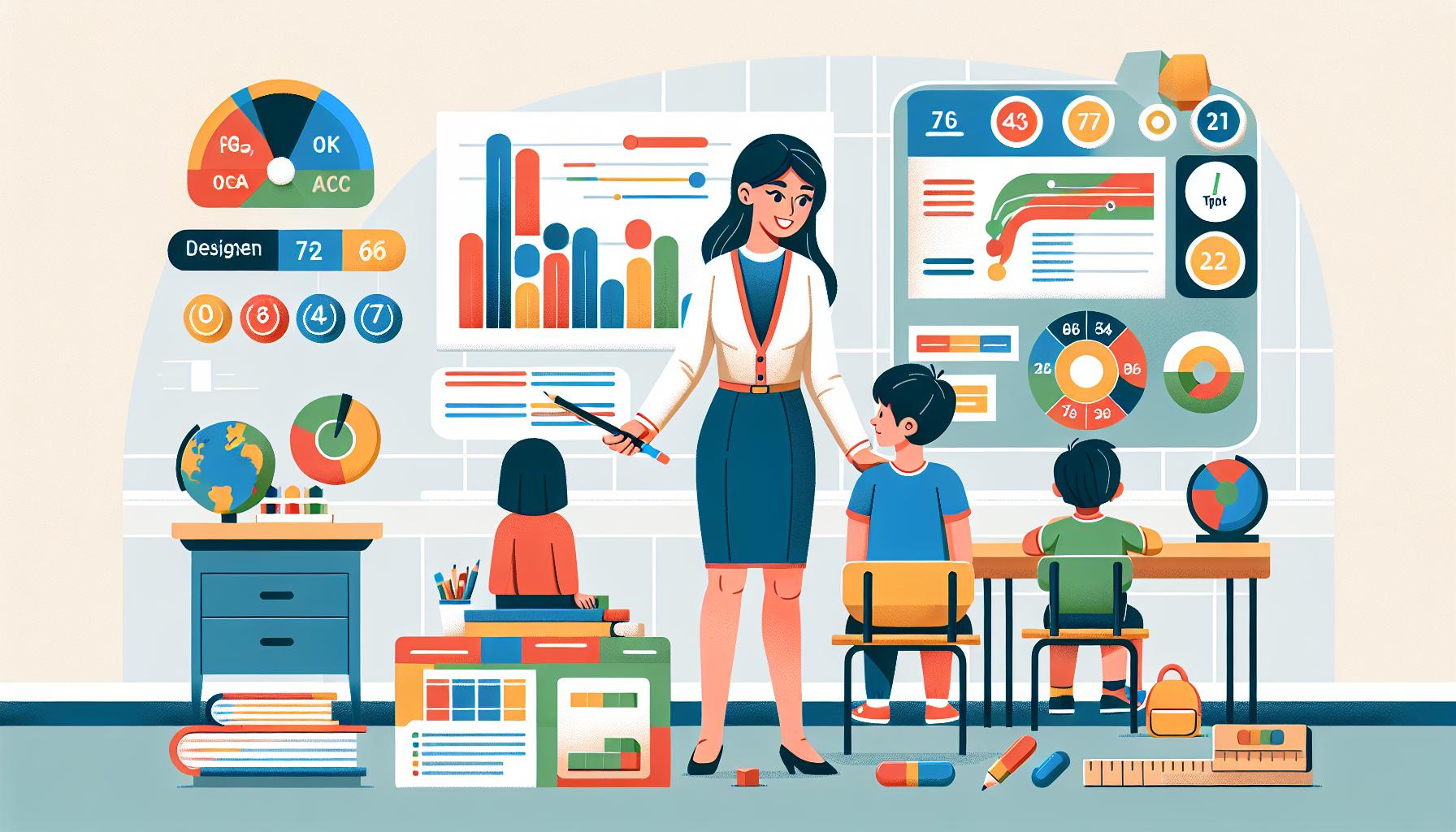
Your quest to grasp the concept of an Individualized Education Evaluation (IEE) must have stirred some curiosity about the prime components that make it a comprehensive tool. Well, the essence of an IEE lies in its actionable parts, designed to unearth your child’s unique learning needs. An IEE is divided into key components that make the evaluation process thorough and unbiased.
The core of an IEE lies in the conducting professionals. Evaluation experts outside the child’s educational setting carry out the assessment. They ensure the impartiality of the process, marking a significant difference from internal school evaluations. The evaluators use a variety of assessment tools and techniques which are tailored to identify your child’s learning style and areas of challenge.
These evaluation tools encompass standardized tests, interviews, observations, and reviews of school records. Each assessment tool targets a specific area of the child’s learning needs, like behavioral, psychological, educational, and developmental aspects. Remember, no single tool can provide a holistic view of your child’s needs. It’s the combination that gives a well-rounded perspective.
Finally, the IEE results in an IEE report, a critical component that lays out the findings about your child’s educational needs. The report comprises a detailed analysis of the evaluation, describing both strengths and areas of struggle of your child. It also provides recommended strategies custom designed to boost your child’s educational performance. Leverage this report’s actionable items; they can be instrumental in making your child’s individualized education program (IEP) more effective.
Having the clarity of these components, you’re now able to piece together the puzzle that is your child’s educational journey. With the help of an IEE, you have a stronger basis to engage with your child’s school to form a well-rounded educational plan that serves their unique needs. Your understanding of these key components will indeed help relay the deeper significance of an IEE in the educational landscape.
Remember, knowledge grants power, and you’re undoubtedly more robust in ensuring your child’s educational rights are met.
Conclusion
So, you’ve learned the ins and outs of an Individualized Education Evaluation (IEE). You know it’s a powerful tool that dives deep into your child’s unique learning needs. It’s conducted by independent professionals and can be a game changer when your child’s current educational plan isn’t cutting it. The IEE process, from requesting an evaluation to receiving a detailed report, is designed to pinpoint struggles and propose solutions. Remember, an IEE isn’t just about identifying problems – it’s about finding ways to help your child thrive in their learning environment. Plus, it opens up access to educational rights and protections under IDEA. Armed with this knowledge, you’re better equipped to engage with your child’s school and create a more effective educational plan. Keep in mind, understanding your child’s learning needs is key to their academic success.
What is an Individualized Education Evaluation (IEE)?
IEE is a comprehensive, independent study of a child’s unique learning needs carried out by professionals not involved in the child’s education. It’s employed when the child’s existing educational plan isn’t effective.
Who conducts an IEE?
An IEE is carried out by qualified professionals who are not directly involved in the child’s regular education.
What are the goals of an IEE?
The aim of an IEE is to spot areas where a child is struggling, provide strategies to help the child thrive in their learning environment, and unlock various educational rights provided by the IDEA.
How is an IEE performed?
The IEE process entails asking for an evaluation, picking a competent evaluator, undergoing the evaluation process, and getting an IEE report.
What is provided in an IEE report?
An IEE report gives detailed findings about the child’s learning needs and suggests strategies to improve their educational performance.
Why are the key components of an IEE important?
Understanding these components assists parents in working with their child’s school to devise a more effective educational plan. Key components include employing evaluators external to the child’s school, use of customized assessment tools, and a detailed IEE report.
The post Understanding an IEE: A Comprehensive Guide to Individualized Education Evaluation appeared first on Special Education Journey.
Understanding an IEE: A Comprehensive Guide to Individualized Education Evaluation published first on https://special-education-journey.com/
